From the very beginning of our mudroom renovation project, we knew that our final flourish was going to be tricky. Through intense planning early in the design phase, a little space was set aside with the purpose of housing a seat of some kind, a place where host and guest could take a load off while losing their footwear. We really wanted to make it floating. We also really wanted to work in some form of live edge woodwork, a fashionable and expensive style to be sure. With demands adding up and wiggle room dwindling, it quickly became clear that our seating arrangement would need to be custom.
One year after the final tile was lain, we found the perfect slab for the job. Rockler, a staple in home improvement, often carried live edge wood, but it had been a couple of years since we lived down the street from one. So, one weekend in August, we took a ride to our old stomping grounds – Cambridge – and came upon a beautiful piece of timber. At 5 feet, this beast would be more than double the width necessary for our needs, but who doesn’t want to store spare live edge wood for a rainy day? After some wavering, Rockler made the sale and our bench was one step closer to fruition.
The following month, an odd coincidence struck. After weeks of research for the perfect supports for our bench, we came upon a series of brackets by Rakks. Rakks, as we later found out, had their factory basically right down the street. Keeping up the trend of supporting local business, we now had our support system. The question now: where are those studs?
Here’s a tip. If you’re having major renovation work done, document everything. Snap some photos, take some measurements. You’re (hopefully) never going to have that much access to the inside of your walls again. That’s what Rich did and, with those pictures, we were able to determine exactly where the studs were. Well, one stud anyway. The other bracket would require toggle bolts. Don’t worry, there was a plywood backer behind the drywall.
Wondering how that bark will hold up? So are we. For now, while the rest of the seat has been finished with poly, we’re holding out on a solution for the front. Some online posters have suggested we dip the bark in resin, but that’s a bit messy and would ruin our desired matte finish. Others have suggested nails and glue. We’re hoping to find some sort of invisible epoxy that won’t make things shine too much, but if the bark falls off anyway, we can always chip it off completely and finish the raw edge.

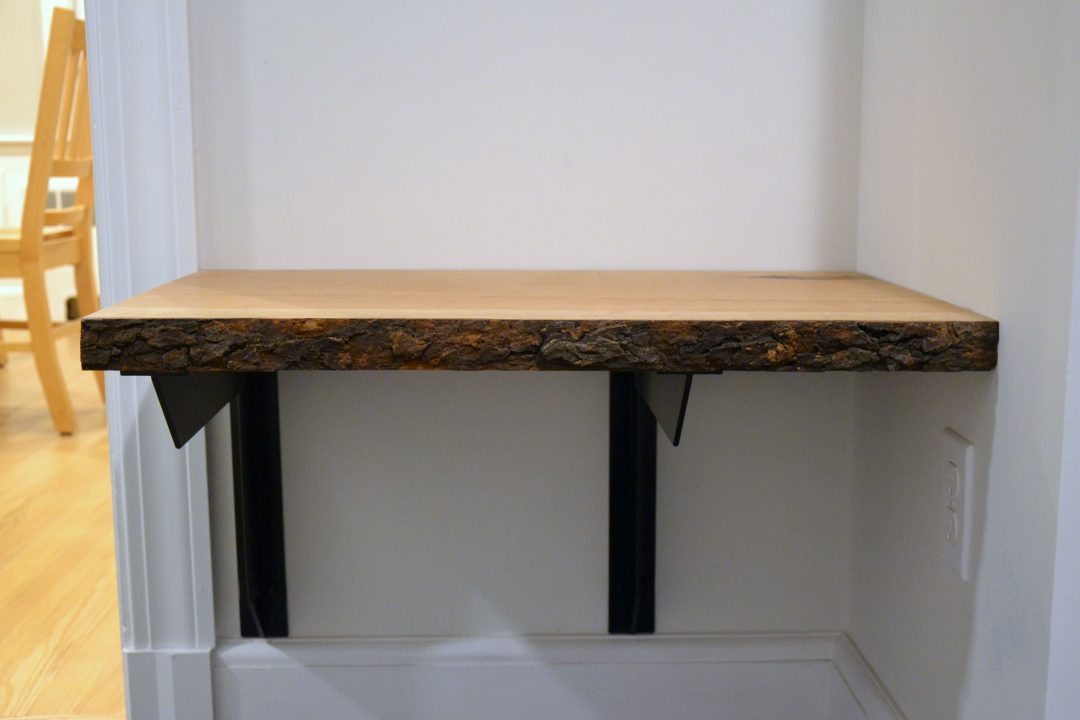
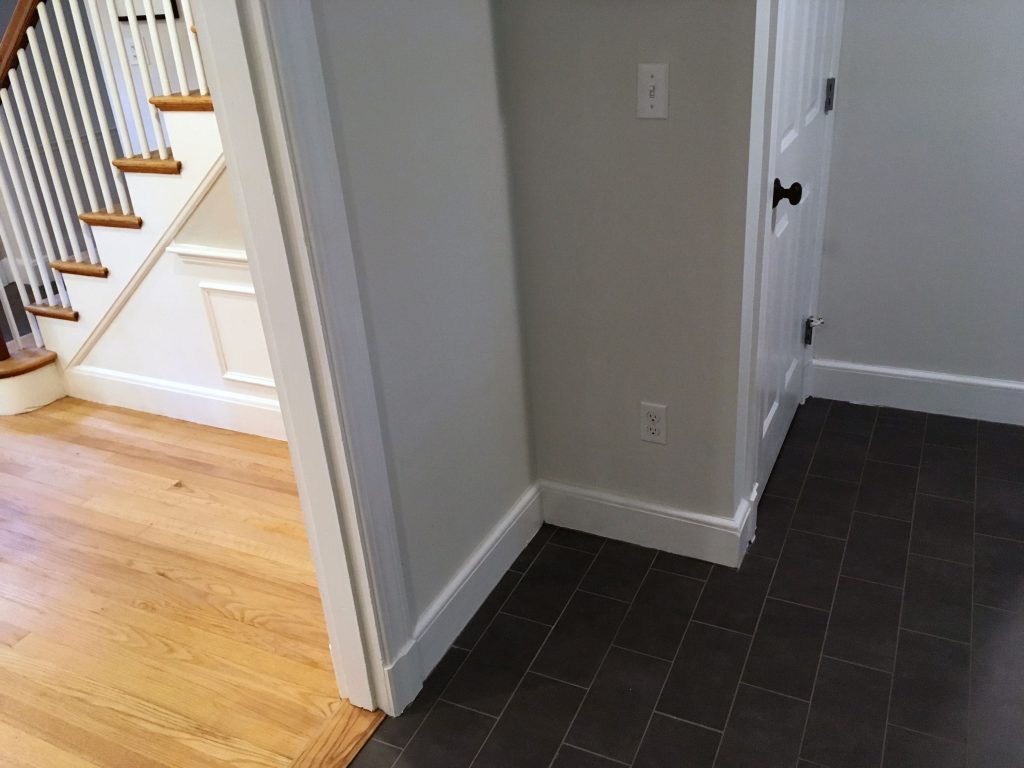

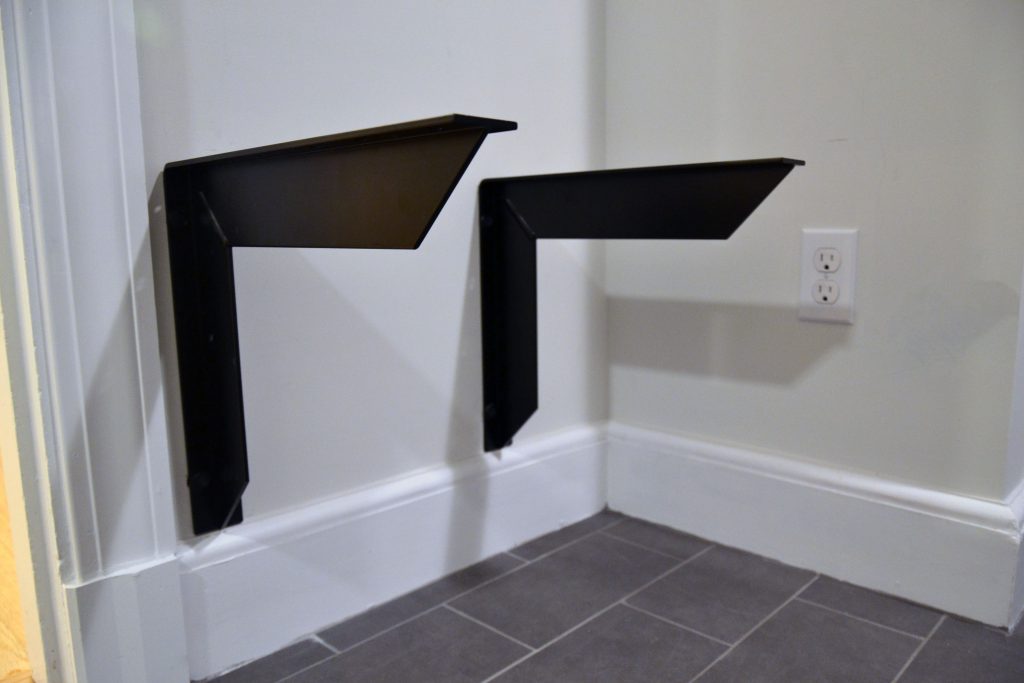


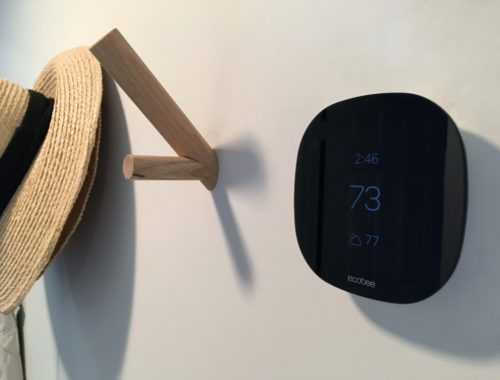
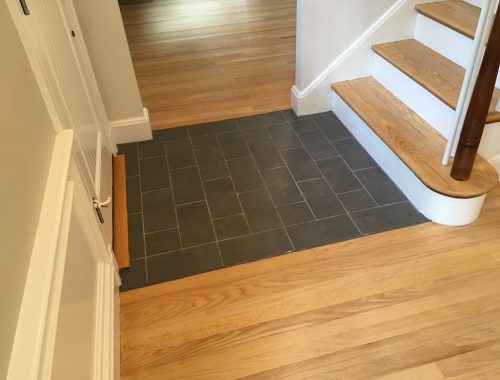
No Comments